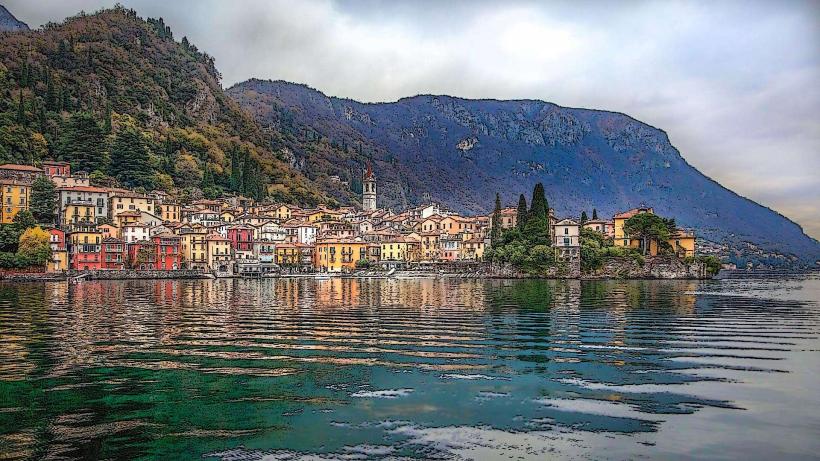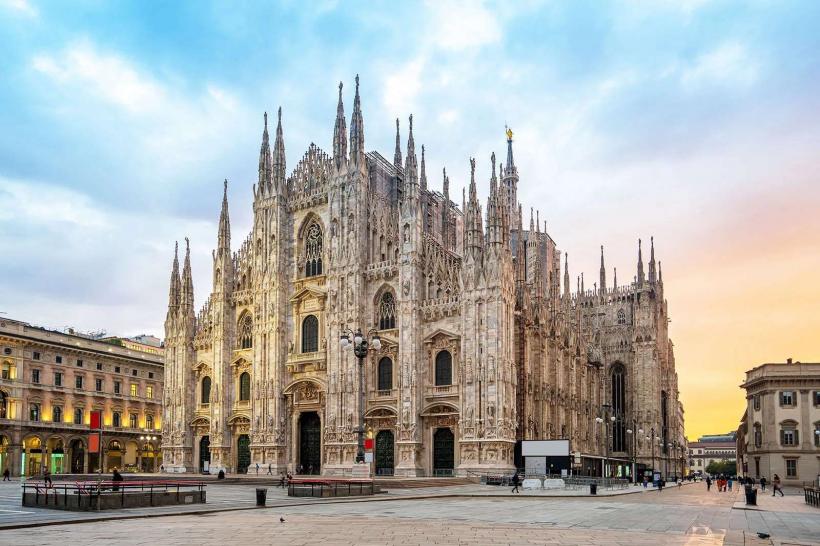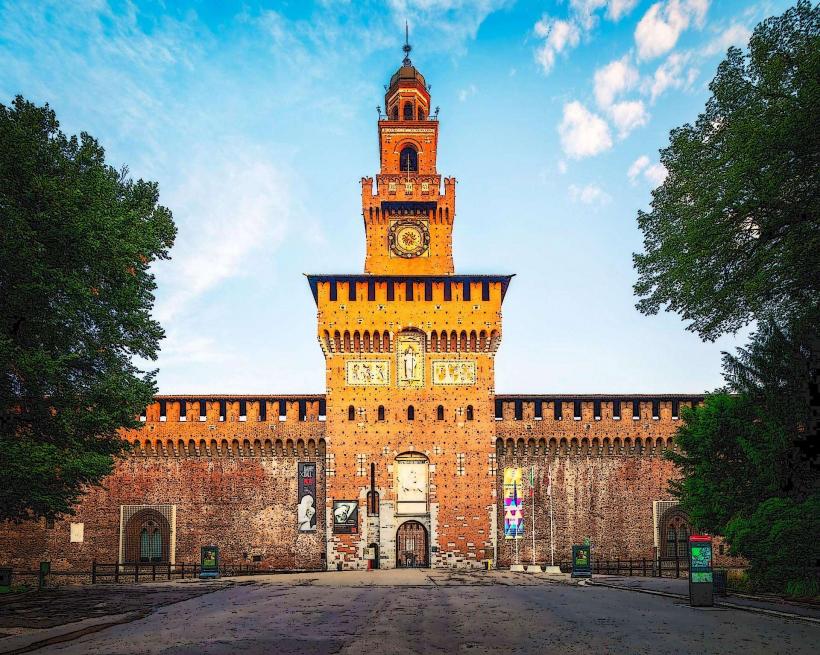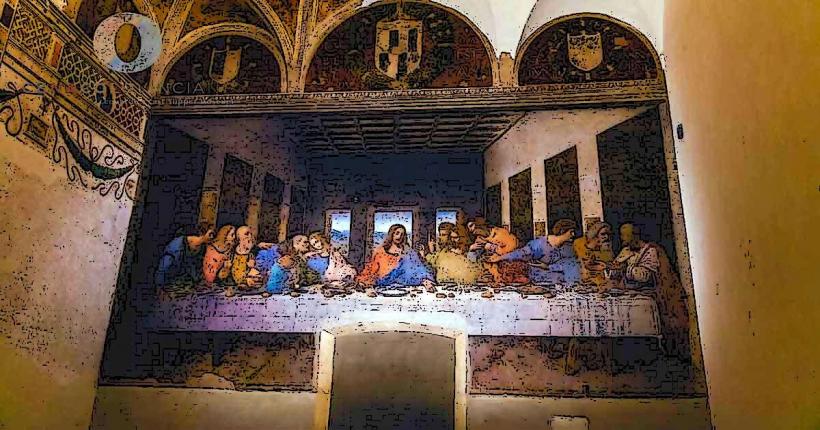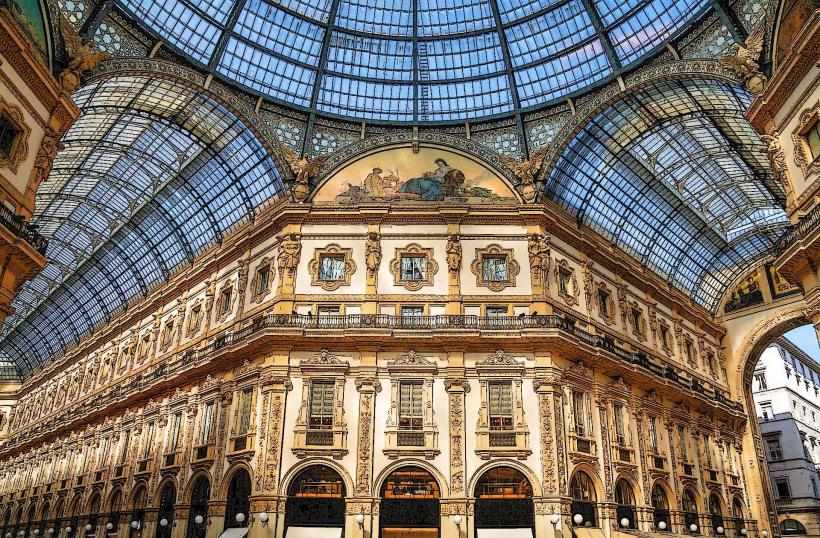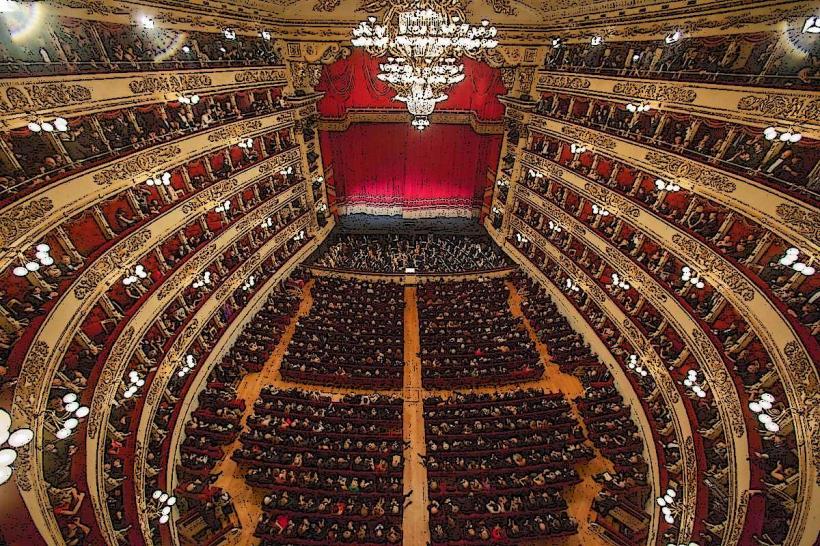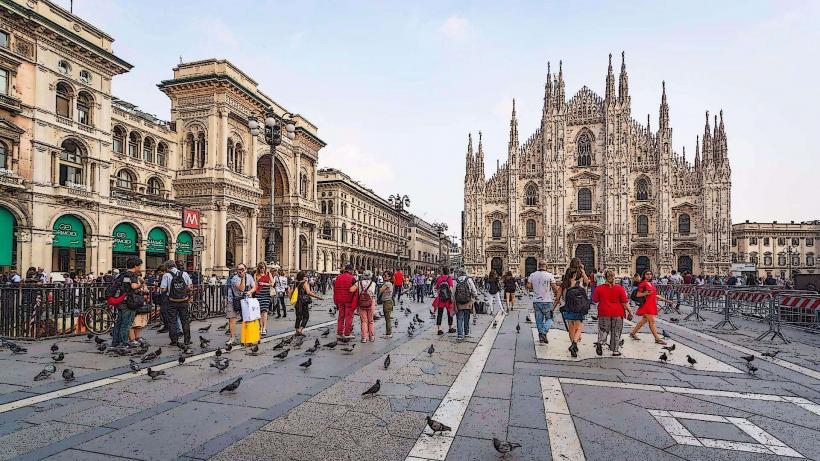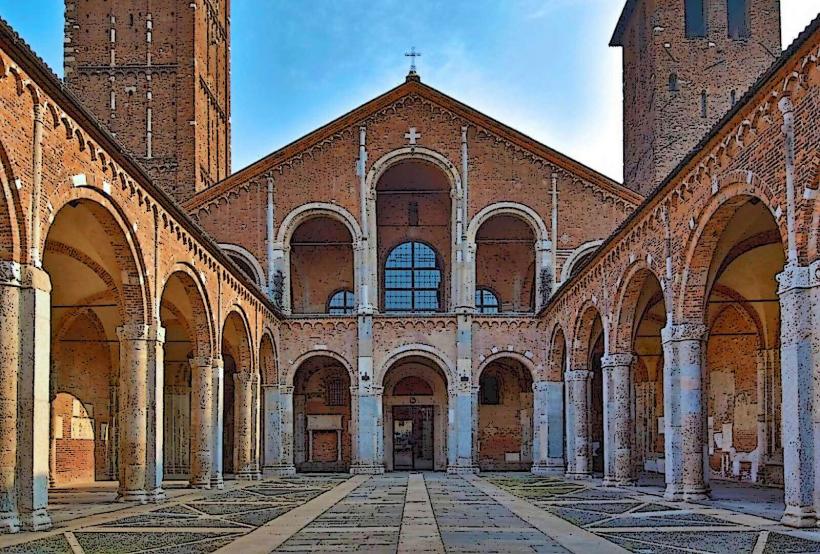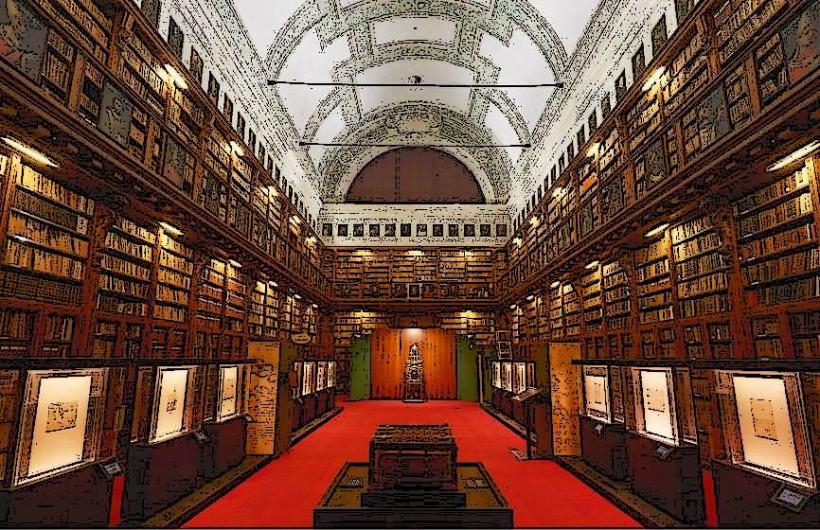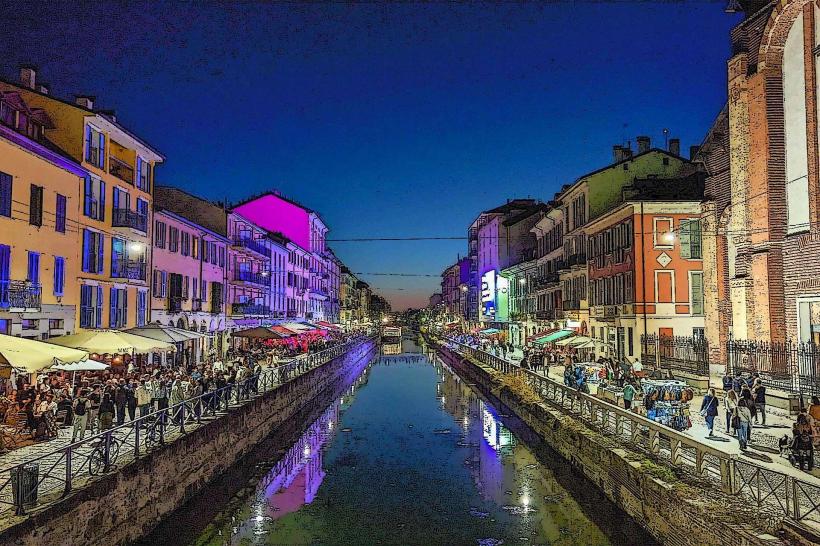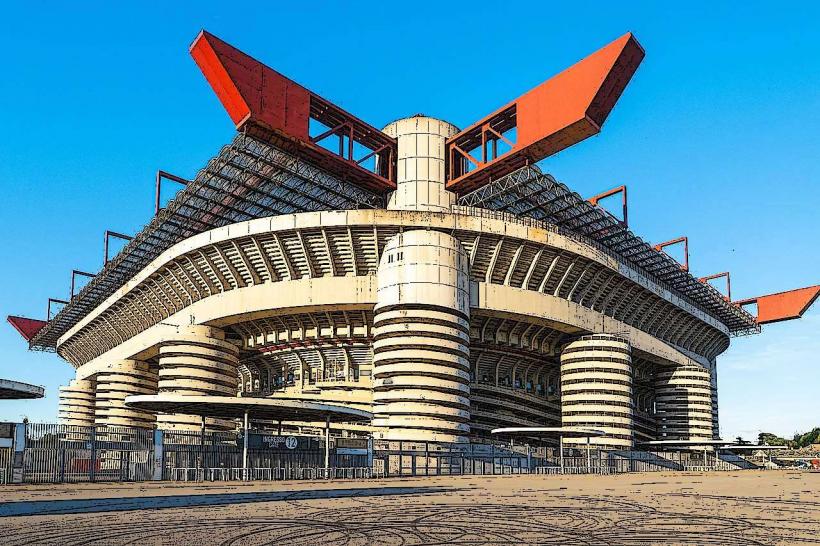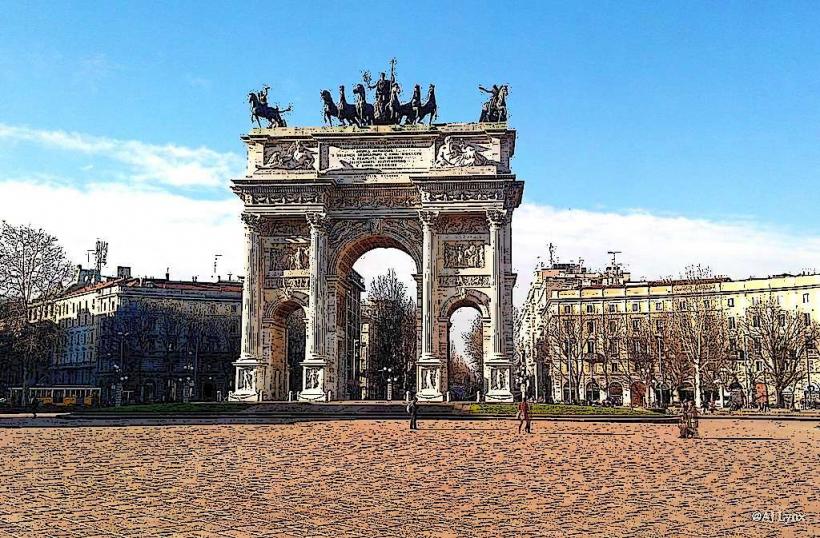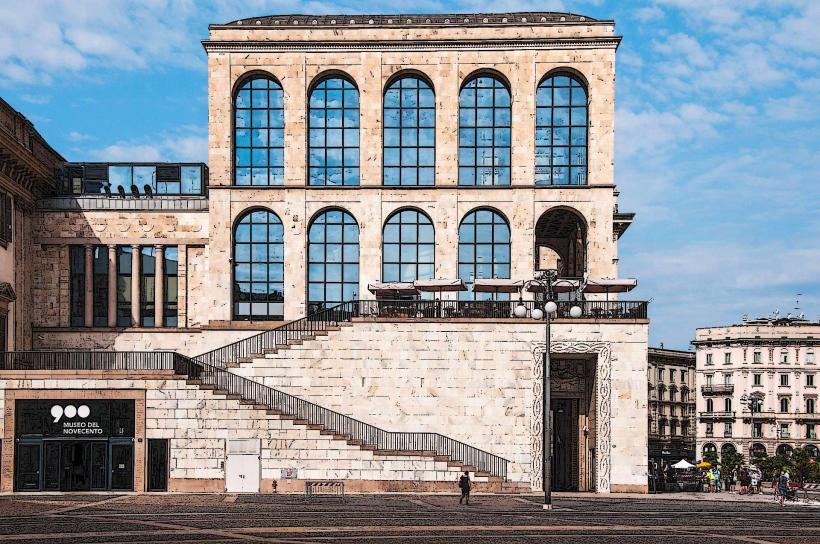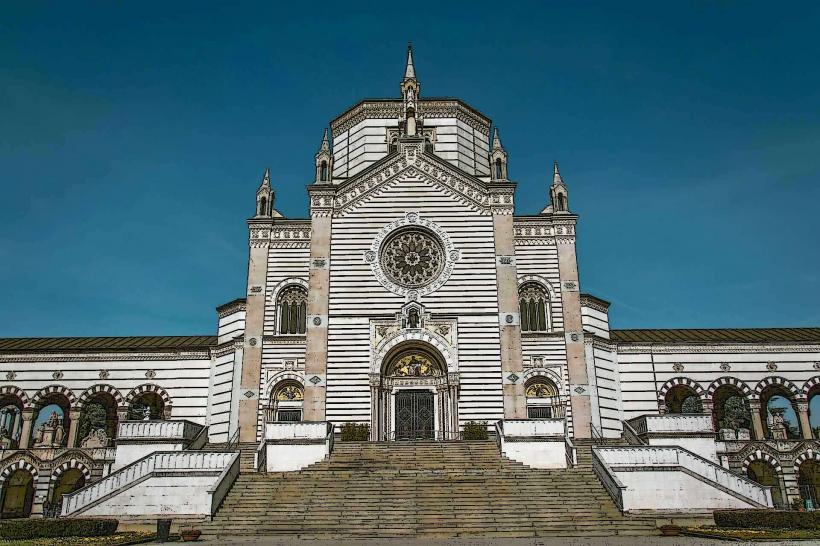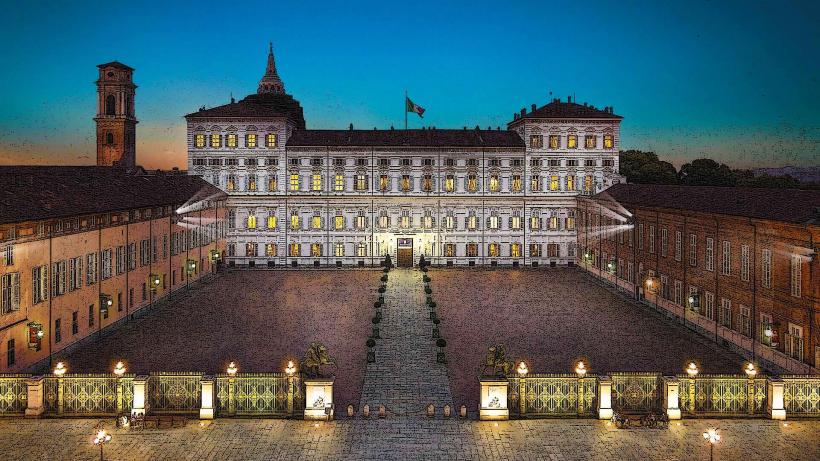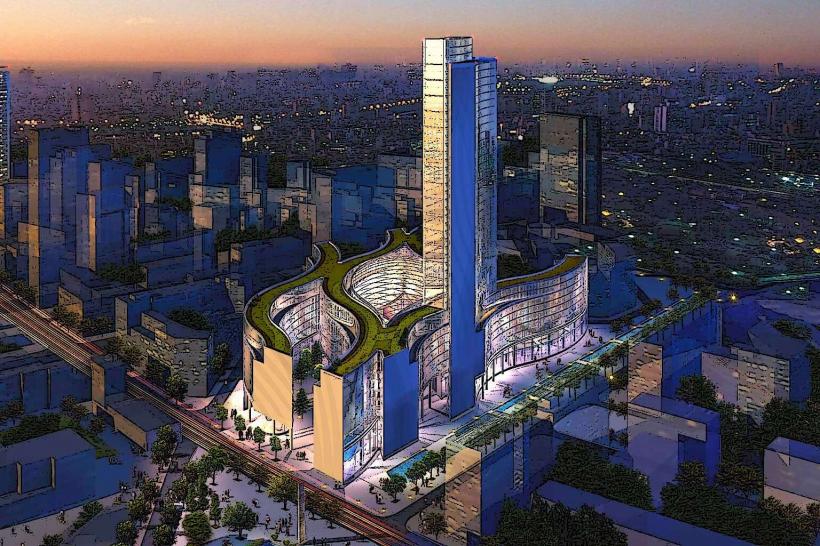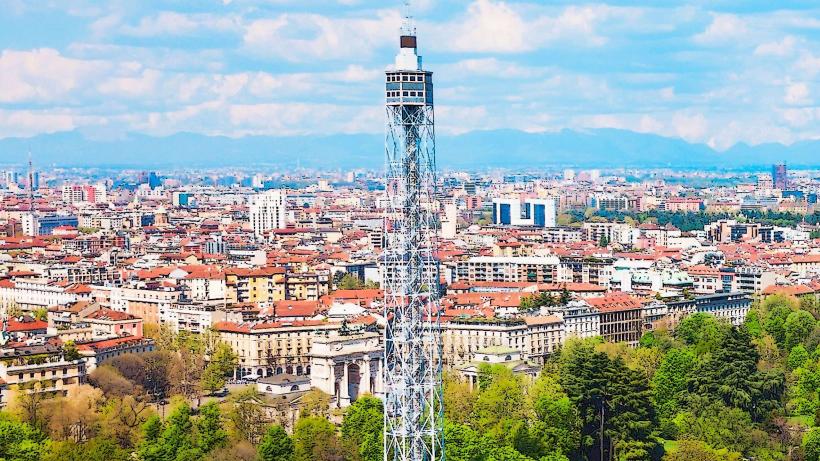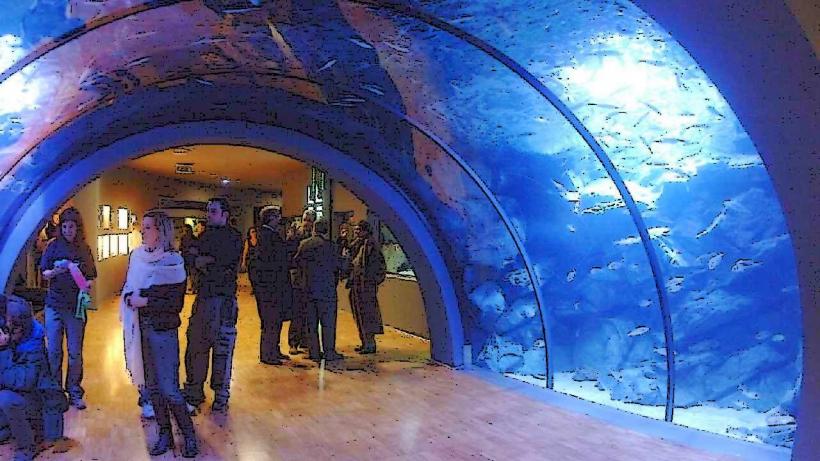Information
Landmark: Piazza della ScalaCity: Milan
Country: Italy
Continent: Europe
Piazza della Scala is one of the most famous and historic squares in Milan, Italy, located in the heart of the city's cultural and artistic district. It is best known for being the home of the iconic Teatro alla Scala (La Scala Opera House), one of the most prestigious opera houses in the world. The square is a hub of Milan's vibrant cultural life, surrounded by grand architecture, historical landmarks, and cultural institutions.
1. History and Origins
- Origins: The square was developed in the late 18th century, when the Teatro alla Scala was built in 1778. The name "Piazza della Scala" derives from the church of Santa Maria della Scala, which once stood on the site before being demolished to make way for the opera house and square.
- Construction of Teatro alla Scala: The construction of Teatro alla Scala was commissioned by the Austrian Empress Maria Theresa during her reign over Lombardy, with the intention of creating a world-class venue for opera and classical performances. The opera house quickly became a symbol of Milan's artistic and cultural prestige.
- Urban Development: The square itself was designed to enhance the grandeur of the opera house, with large, open spaces and a layout that directed attention to the theater's stunning neoclassical façade.
2. Architecture and Design
Teatro alla Scala: The focal point of Piazza della Scala is the Teatro alla Scala, which dominates the square with its elegant neoclassical architecture. The opera house was designed by the architect Giovanni Piermarini and is renowned for its graceful proportions, striking columns, and grand portico. The façade is made of light-colored stone and is decorated with busts of famous composers and sculptural elements celebrating Milan's musical heritage.
Statue of Leonardo da Vinci: In the center of the square stands a bronze statue of Leonardo da Vinci, created by the sculptor Francesco Parisi in 1872. Leonardo, one of the most famous figures of the Renaissance, is celebrated not only for his contributions to art but also for his work as an engineer and scientist. The statue pays homage to his legacy and his connection to Milan, where he spent many years of his life. The figure is depicted holding a scroll, symbolizing his intellect and creativity.
Surrounding Buildings: The square is bordered by several grand buildings, including the Palazzo Marino (Milan's City Hall), which adds to the neoclassical elegance of the square. Palazzo Marino is a significant historical landmark, built in the 16th century, and features a striking façade with columns and arches.
Modern Features: The square's design harmonizes historic and contemporary elements, with its well-maintained open spaces and a mix of classical and modern styles. It is a busy and lively space, with cafes, shops, and cultural attractions nearby.
3. Cultural and Historical Significance
- Cultural Heart of Milan: Piazza della Scala is considered the cultural center of Milan, particularly due to the presence of Teatro alla Scala, which hosts some of the world's most famous opera performances, concerts, and ballets. The square is also home to the Galleria Vittorio Emanuele II, one of Italy's most famous shopping galleries, making it a bustling area for both locals and tourists.
- Teatro alla Scala's Role: The opera house is central to Milan's identity as a cultural capital, attracting top performers, musicians, and opera lovers from around the globe. The square’s proximity to the theater means that many visitors and artists frequent the space before and after performances, making it an essential part of Milan’s artistic scene.
- Cultural Events: In addition to its musical events, Piazza della Scala often hosts art exhibitions, public performances, and other cultural activities. The square regularly plays host to festivals, special performances, and ceremonies, reinforcing its role as a place of artistic expression and public celebration.
4. Key Landmarks and Attractions
- Teatro alla Scala: As the primary attraction of the square, this historic opera house offers tours of its interior, including the famous Scala Museum, which holds an impressive collection of opera memorabilia and artifacts related to the theater’s long history.
- Palazzo Marino: This historical palace houses the City Hall of Milan and is one of the most important Renaissance buildings in the city. The palace was designed by the architect Giacomo Antonio Larenza and features a grand courtyard and impressive artwork inside.
- Galleria Vittorio Emanuele II: A short walk from Piazza della Scala, this grand shopping arcade connects the square to Piazza del Duomo and is one of Milan's most famous attractions. The gallery is lined with high-end shops, cafes, and restaurants, and is an architectural masterpiece featuring glass vaulted ceilings and intricate mosaic floors.
5. Visiting Piazza della Scala
- Access: Piazza della Scala is centrally located in Milan and is easily accessible from various parts of the city. The square is well-connected by public transportation, with the M1 metro line (red) stop at Scala, as well as several tram and bus routes passing through the area.
- Nearby Attractions: Visitors to Piazza della Scala can also explore nearby attractions such as the Duomo di Milano (Milan Cathedral), the Sforza Castle, and the Brera Art Gallery. The square is also within walking distance of the upscale shopping district of Via Montenapoleone, which is home to some of Milan's most luxurious boutiques and fashion houses.
- Events and Performances: If you're visiting during the performance season, you might be able to catch a world-class opera or ballet at Teatro alla Scala. The opera house often hosts prestigious events and is renowned for its acoustics and stunning interior design.
6. Conclusion
Piazza della Scala is not only a visually stunning and architecturally significant square in Milan, but it also serves as the heartbeat of the city’s cultural life. Dominated by the historic Teatro alla Scala, the square is a place of artistic achievement, historical depth, and vibrant urban life. Whether you're attending an opera, visiting the Leonardo da Vinci statue, or simply strolling through the square, Piazza della Scala offers an unparalleled glimpse into Milan's rich cultural heritage and its continuing legacy as a center of music, art, and design.

